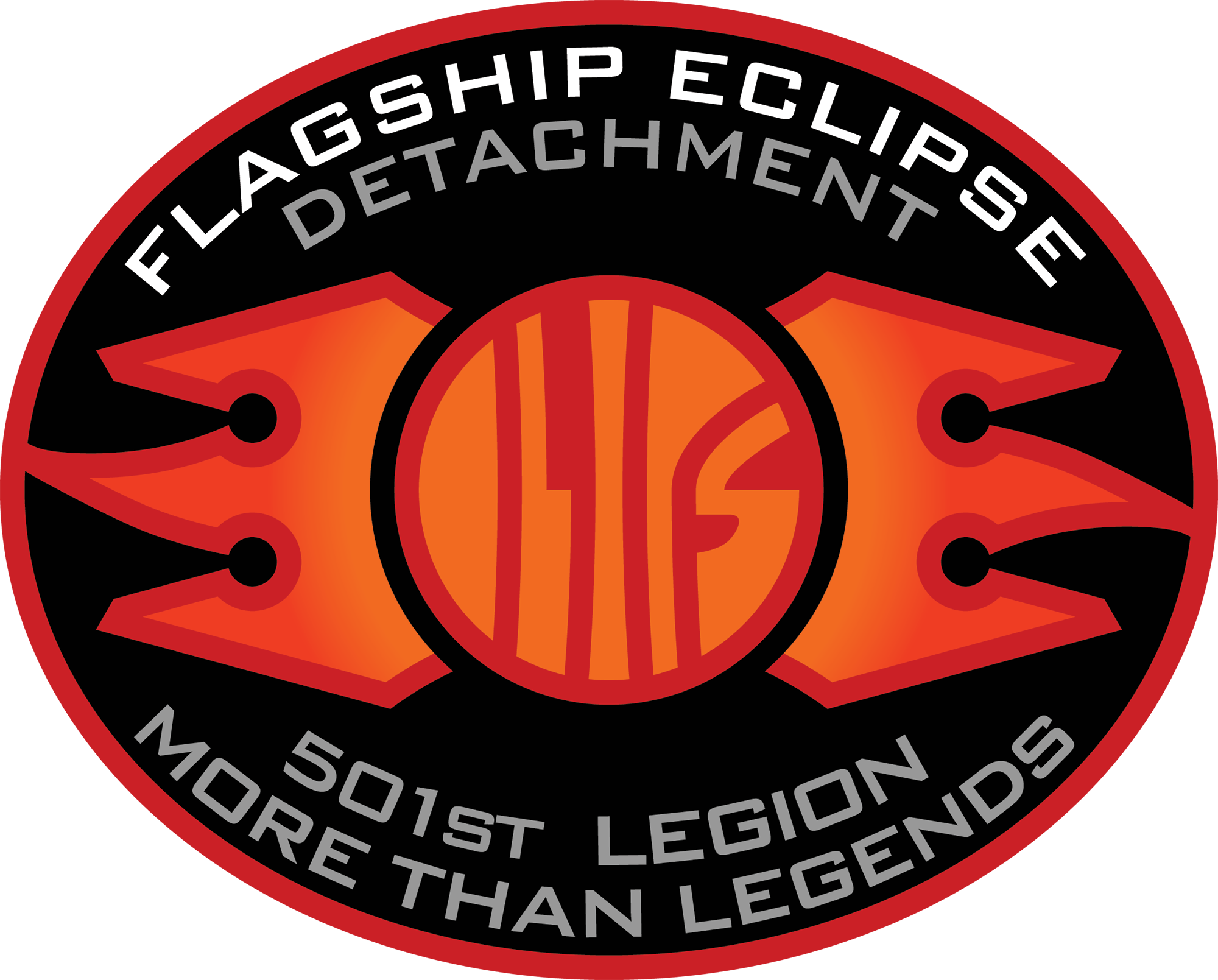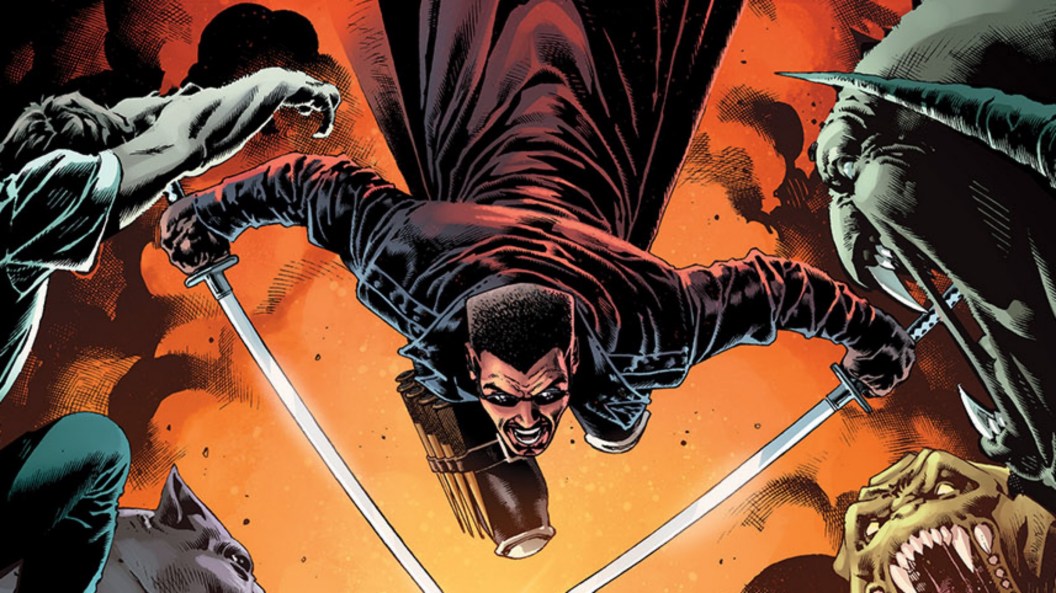
Before DC‘s and Marvel‘s superheroes dominated the comic book world, horror stories were among the most popular genres in the early days of comics. Naturally, with vampires being the royalty of the undead, horror comics featuring them were incredibly popular. Even as comics gradually shifted toward predominantly superhero-focused stories, vampires continued to be a recurring and compelling theme. One of Batman’s earliest foes was a vampire-like villain known as The Monk. Initially, vampires who appeared in superhero comics retained their traditional malevolent nature. However, over time, both creators and fans began to develop a more nuanced view of these creatures — one that acknowledged they didn’t have to be inherently evil. And thus, the vampire anti-hero was born.
Marvel’s Blade is perhaps the best rendition of the contemporary vampire anti-hero. Being both human and vampire, he is unique in his dual nature. He doesn’t solely depend on his inherent vampire abilities. Instead, he trains in martial arts, military tactics, and weaponry to maximize his lethality. He is ruthless and uncompromising in his morality, but ironically, his ethical compass is clouded by being both an offender and a victim. And, if we’re honest, he’s just so cool. But he’s not the only one. To be sure, while he may be the epitome of the “vampire superhero,” others before him laid the groundwork, and others after him are actively redefining the archetype. Below is our list of comic book vampires who, while not Blade, certainly channel his distinctive vibe.
1) Hannibal King

The vampire who most closely resembles Blade, without actually being him, is Hannibal King. As one of the earliest examples of the modern vampire-superhero archetype, King made his debut in Gene Colan and Marv Wolfman’s The Tomb of Dracula #25 (1974.) A private detective who was turned into a vampire by the well-traveled Marvel vampire Deacon Frost, King refused to give in to his vampiric instincts. Instead, he chose to use his newfound powers to hunt other vampires, especially Frost and anyone associated with him. Later, King joined forces with Blade, Ghost Rider, and Morbius to form the Midnight Sons, a team of supernatural heroes dedicated to combating occult and demonic threats.
[ RELATED: Marvel’s Blood Hunt Introduces New Supervampire Villains ]
Beyond Deacon Frost having a hand in their becoming vampires, and their mutual hatred for him, King is Blade’s perfect counterpart. Like Blade, King resists the full effects of vampirism. Indeed, despite possessing all the powers of a vampire, King typically relies on his human abilities to solve his problems. That is, he utilizes his martial arts skills, weapons expertise, and policing experience to get the job done. Furthermore, he avoids human blood when he feeds. As a notable aside, he holds the unique distinction of being one of the few individuals to ever defeat Blade himself in Blade: Vampire Hunter #5.
2) Andrew Bennet
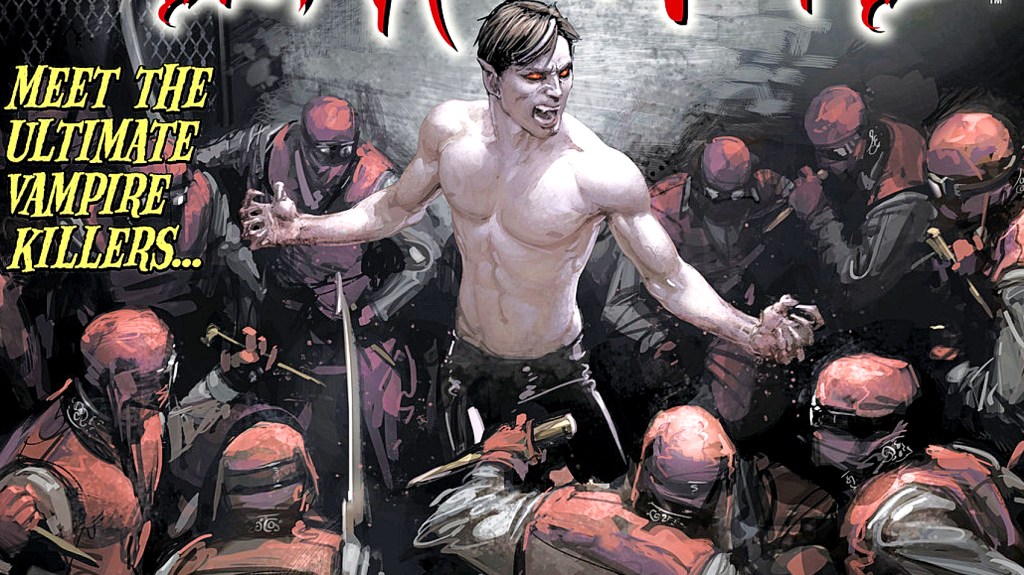
The brainchild of J.M. DeMatteis and Tom Sutton, Andrew Bennett made his debut in DC’s The House of Mystery #290. Originally a traditional “old-school” vampire, Bennett was turned into one of the undead centuries ago after an encounter with another vampire while traveling. Initially overwhelmed by his newfound power, Bennett transformed his lover, Mary, into a vampire as well. Together, they sought to exploit their abilities to take over the world. However, centuries later, after a bitter falling out, Bennett dedicated himself to stopping Mary and undoing the destruction and death he had caused in the past.
As part of the DC Universe’s reorganization under the “New 52” event, Bennett was revamped and relaunched in Joshua Hale Fialkov and Andrea Sorrentino’s I, Vampire. In this updated storyline, Bennett continued his battle against Mary, but in a contemporary setting. Like Blade, Bennett has remarkable control over his vampiric urges, allowing him to avoid killing humans and hunt vampires – a feat arguably more impressive than Blade’s anti-vampirism, given that Bennett is a full-fledged vampire. While he possesses incredible vampiric abilities, including shape-shifting, he prefers to rely on his exceptional hand-to-hand combat skills to dispatch opponents. Moreover, Bennett’s modern Gothic aesthetic is just as stylish as Blade’s edgy street style.
3) Skinner Sweet

Created by Scott Snyder and Rafael Albuquerque and featured in DC Comics’ American Vampire, Skinner Sweet—the self-proclaimed first vampire in the United States—is unlike any other vampire. He wasn’t a good man corrupted by vampirism; as one of the most cold-blooded outlaws of the Wild West, Skinner was already evil long before he was turned. Rather than struggling with his transformation, he fully embraced it, allowing it to unleash his true darkness. If there’s one redeeming aspect of his vampirism, it’s that instead of preying on the innocent, Skinner channels his “vampire vengeance” toward the corrupt institutions and vampire forces that wronged him in the past.
The first American ever turned by a European vampire, Skinner’s transformation came with a unique “glitch”: his strength surpassed that of his European brethren. More importantly, much like Blade, Skinner was immune to the sun’s harmful effects. Though he wasn’t a martial artist, Skinner was an experienced brawler who could effortlessly subdue two or three men even before becoming a vampire. He was also quite adept with a gun. His vampirism only served to enhance these formidable abilities. His defiance of vampire orthodoxy and adherence to traditional customs would certainly earn Blade’s support. And while he might not match Blade’s stylish attire, Skinner’s undeniable smooth-talking outlaw “rizz” speaks for itself.
4) Toyo Yammamoto

One common tradition in vampire stories is that vampires inevitably seek to dominate human society in one way or another. Dracula, for example, is often portrayed as wanting to expand his power and influence beyond his local domain. As a result, the fight against vampires is frequently framed as a struggle to prevent them from taking over the world. Bleed Them Dry by Hiroshi Koizumi, Eliot Rahal, and Dike Ruan (published by Vault Comics) turns that idea on its head by beginning in a world where vampires have already become an accepted part of society, so much so that there are laws protecting them from being murdered. But just like humans, vampires have their share of deviants. To deal with them, there are specialized vampire hunters like Toyo Yamamoto—one of the few who knows the real reason vampires are on Earth.
Toyo Yamamoto is poised to redefine the vampire superhero archetype. Originally a human ninja, he underwent bioengineering to become a unique vampire-shinobi, capable of fighting any vampire on equal terms and emerging as the victor. Toyo’s most significant distinction lies in his human-like control over his hunger. While the scent of blood may be tempting, it doesn’t overpower him. Unlike Blade, who often grapples with the morality of his actions, Toyo faces no such internal conflict; in his view, “only monsters can kill monsters.” It’s noteworthy that Toyo primarily utilizes his ninja skills in combat, with his vampire abilities serving mainly as a supportive enhancement.
5) Lilith Drake
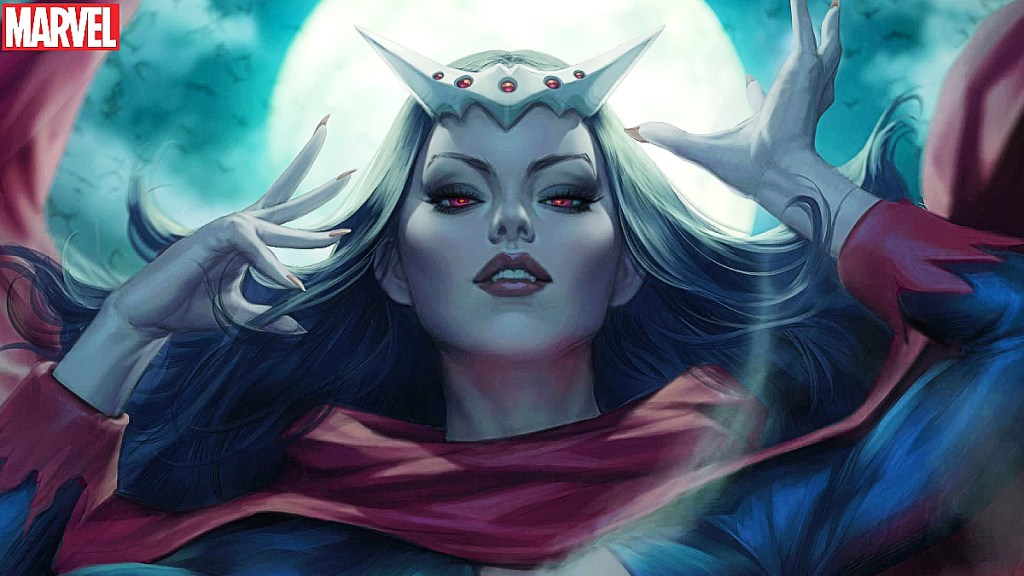
Being the daughter of Dracula —the ultimate OG vampire— might seem enough to classify Lilith Drake as a top-tier nightwalker, but their shared blood has little to do with her power, at least not in the way one might expect. Introduced in Marv Wolfman and Gene Colan’s Giant-Size Chillers Featuring: The Curse of Dracula #1, Lilith was born to Dracula and a Gypsy woman named Zofia before he became a vampire. He never loved either of them, eventually driving them out of his castle. Lilith was then raised by a Gypsy family. As her hatred of her father deepened, her love for her adoptive kin grew. But then Dracula, now a vampire, attacked them. Fortunately, Lilith’s foster mother was a powerful sorceress who transformed her into a vampire through magic. This enabled her to confront her father – a task she took on with relish.
Naturally, it was difficult at first for Lilith to mount any kind of resistance to her father, the King of Vampires. However, over the centuries and after numerous clashes with Dracula or his minions, Lilith has become a courageous and experienced fighter, as well as the leader of her own band of anti-Dracula followers. No vampire has better integrated fighting skills with vampire abilities than Lilith. Moreover, as a magically created vampire, she’s immune to traditional vampire vulnerabilities like sunlight and religious symbols, much like Blade. Ultimately, the only way to defeat Lilith is to take her down in battle. Driven by a shared vendetta, Lilith is dedicated to taking out the vampire that started it all, echoing Blade’s lust for vampire hunting.
6) Vampirella
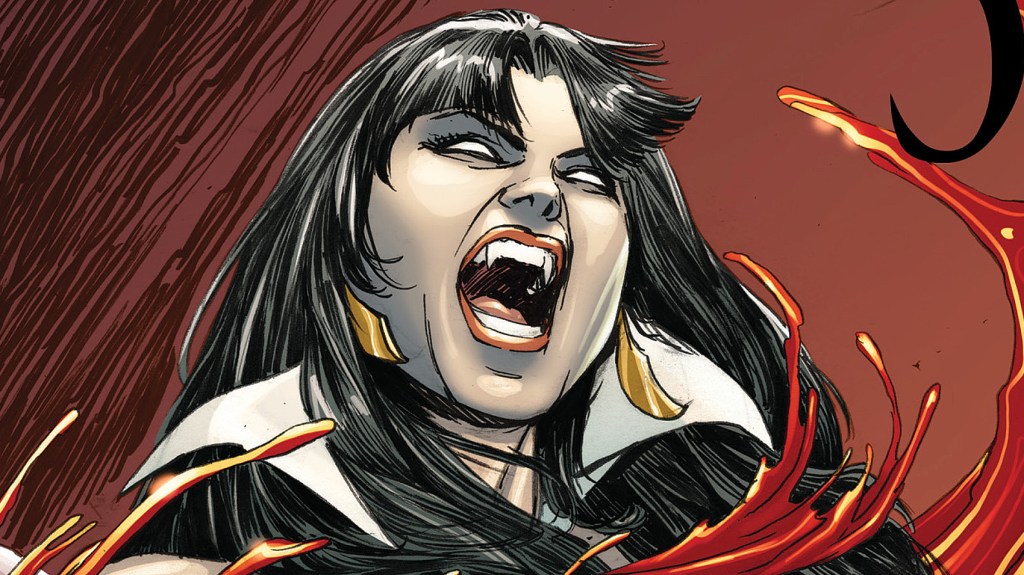
While the origins of Vampirella have changed a few times since she was created in 1969 by Forrest J. Ackerman and Trina Robbins, since Dynamite Entertainment gained the rights to the comic book series, her origin has largely settled on a version that mirrors the original creators’ story, which makes Vampirella one of the most unique vampires in a species of unique individuals. According to the story, Vampirella is from the planet Drakulon – a place where its inhabitants need blood like humans need air. However, after suffering a massive blood drought, the Drakulons are desperate to find a new source. When a spaceship crash-lands on the planet, Vampirella is sent to investigate. After a fight, Vampirella kills the astronauts but finds that their bodies produce blood. Eager to help her fellow Drakulons, she takes the ship back to Earth, essential to harvest blood. However, once she arrives, circumstances change, and rather than exploiting humanity, Vampirella decides to stay and protect it from Earth’s vampires and other supernatural threats.
If anyone contributed to the birth of the Blade-inspired model of vampire superheroes, it is surely Vampirella. A warrior in her own right, she doesn’t need to rely on her vampire abilities to win most fights, though doing so could make victory easier. Her alien biology renders her impervious to all common vampire vulnerabilities except for her need to feed on blood. To avoid harming humans, when feeding, she seeks alternative sources of blood, whether real or synthetic. Moreover, Vampirella is perhaps the first to embody what has since become a defining trait of vampire superheroes: the internal conflict between aiding humanity, serving herself, and remaining loyal to her species.
7) Morbius

Michael Morbius is truly an anomaly, a fact made clear by his enduring nickname: “the Living Vampire.” His debut in Roy Thomas and Gil Kane’s Amazing Spider-Man #101 introduced readers to his unique origin story. Morbius gained his vampiric traits after a disastrous self-experiment aimed at curing a rare blood disorder. While the experiment did cure his original ailment, it also left him with many hallmarks of a vampire, most notably a nearly insatiable thirst for blood. Crucially, unlike traditional vampires, Morbius is not actually dead.
In a way, this makes him the purest vampire superhero — a human with vampiric traits. Much like the blast of gamma radiation that transformed Bruce Banner into the Hulk, a creature he constantly struggles to control, Morbius’ failed experiment turned him into a vampire — a condition he also battles to contain and hopes to one day cure. Until that day comes, he uses his powers to fight injustice and atone for the harm he causes when he loses control of his vampiric side. Unlike Blade, Morbius isn’t focused on hunting vampires; instead, he opposes anyone he considers a threat to his interests or the well-being of his community. With a genius-level intellect and superhuman abilities, he is much more than just a vampire – a vibe he does share with Blade.
The post 7 Best Vampires in Comics That Aren’t Blade appeared first on ComicBook.com.
